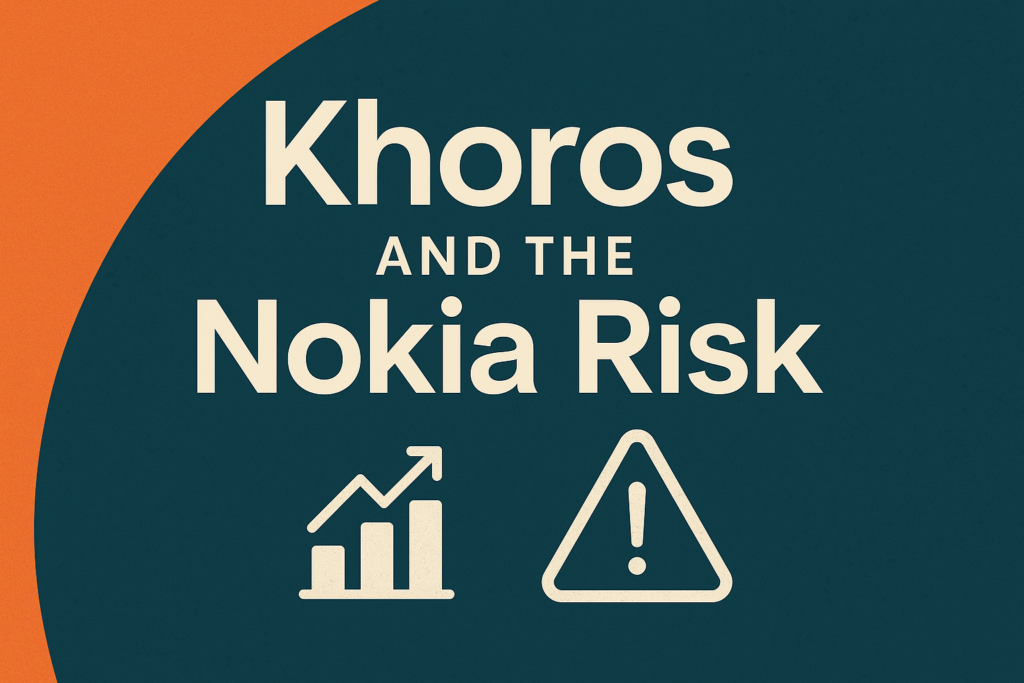I AM ARUN CHAITANYA JAMI

Khoros 2025: Strong Enterprise Model, Weak Developer Story
I’m writing this to share a practitioner’s view on Khoros: why its business model continues to succeed, where it falls short for modern enterprise needs, and why its trajectory reminds me of Nokia’s strategy before smartphones reshaped the market. This is opinionated, based on experience working with enterprise CX stacks, and intended to help buyers…

CTR vs. Crawl Frequency: SEO Metrics Explained
Understanding Click-Through Rate vs. Crawl Frequency in SEO: Key Differences Explained Introduction In the realm of Search Engine Optimization (SEO), understanding key metrics like CTR vs. Crawl Frequency is essential for optimizing website performance. While both metrics are crucial, they serve different purposes and impact your site’s visibility and user engagement in distinct ways. This…

WordPress : How to Find 404 URL’S in the site
How to Find 404 URLs in a WordPress Site via CLI Finding and fixing 404 errors is crucial for maintaining a healthy WordPress site. The code provided defines a custom WP-CLI command to find 404 URLs on your site. Here’s how to use it. Prerequisites Step-by-Step Guide 1. Access Your Server via SSH 2. Place…

Create & Extend Reusable Base Controller in CodeIgniter
In CodeIgniter, you can create a base controller and then extend it to other controllers as a Reusable Base Controller. This approach is useful for sharing common functionality, like loading models, setting common properties, or including utility methods. Here’s how you can do it: Step 1: Create the Base Controller Step 2: Extend the Base…

Optimizing Your WordPress URL Structure for Improved SEO
WordPress URL structure, also known as permalinks, determines how the URLs are formatted for your website’s pages, posts, and other content types. Understanding how WordPress URL structure works can help improve your site’s SEO, usability, and overall aesthetics. 1. Default Permalink Structure When WordPress is first installed, it uses a default permalink structure that looks…

Effortless WordPress Development with wp-simple-setup
Are you tired of spending too much time setting up your WordPress plugins, themes, or CMS from scratch every time you start a new project? The “wp-simple-setup” Node package is here to save the day! This handy tool simplifies the process of setting up your WordPress projects, reducing the time you spend on the initial…

Drupal to WP Migration Checklist
Certainly, the scope of the migration from Drupal to WordPress involves a range of tasks and considerations to ensure a successful transition. Here’s an overview of the key aspects that should be included in the scope: Remember, the scope should be well-defined, but also flexible enough to accommodate unexpected challenges that might arise during the…

Streamlined Drupal to WordPress Migration Testing
Certainly, developing a robust testing strategy is crucial for a successful migration from Drupal to WordPress Migration. Below, I’ll outline a comprehensive testing strategy that covers various aspects of the migration process: Unit Testing: Integration Testing: Automation Testing: Regression Testing: Performance Testing: Security Testing: Cross-Browser and Cross-Device Testing: SEO Testing: User Acceptance Testing (UAT): Content…

WP Bootstrap Post Card Shortcode
Creating a custom shortcode to display a Bootstrap postcard in WordPress involves a few steps. This example assumes you have Bootstrap properly integrated into your WordPress theme. Example shortcode usage: Make sure to replace the example URLs and content with actual data. Remember that this example assumes you have Bootstrap integrated into your theme. If…

PHP: Dependency inversion principle
Definition Dependency Inversion Principle (DIP), is one of the SOLID principles of object-oriented design. The Dependency Inversion Principle states that high-level modules (classes) should not depend on low-level modules; both should depend on abstractions. Additionally, abstractions should not depend on details; details should depend on abstractions. This principle encourages the use of interfaces or abstract…

